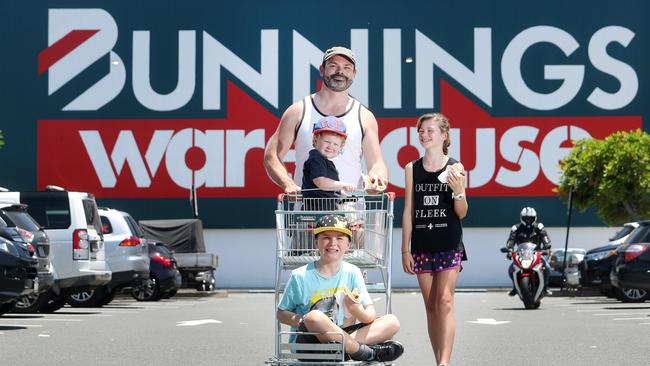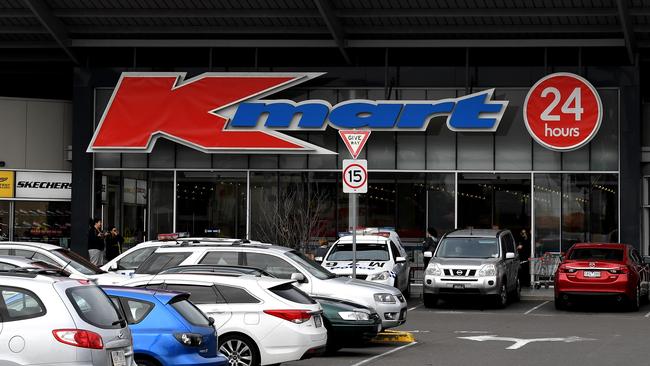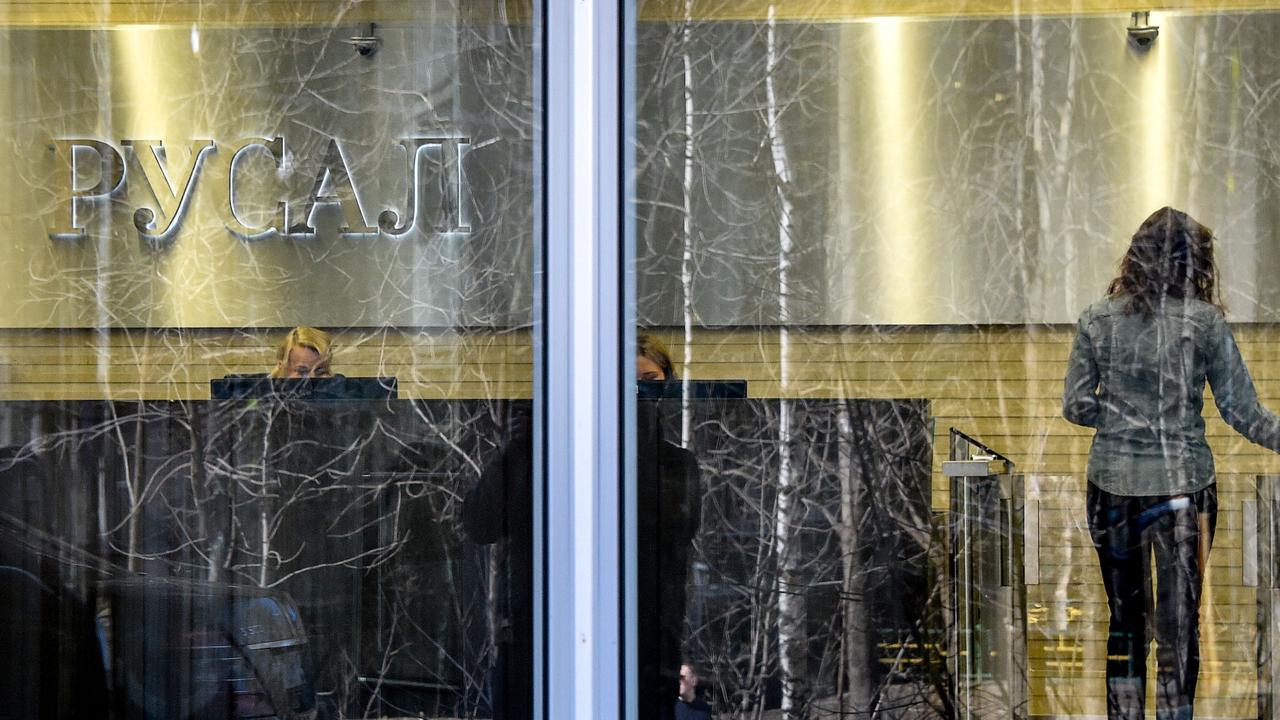Wesfarmers’ Coles counts cost of supermarket price war
Wesfarmers’ quarterly report would suggest Coles is still sacrificing growth in sales for competitiveness with Woolies.

While the headline numbers for Coles’ food and liquor sales were up 1.5 per cent to $7.97 billion, on a comparable stores basis the growth was only 0.4 per cent and, excluding liquor sales, 0.3 per cent.
That’s despite Coles managing director, John Durkan, saying that there was an increase in transaction numbers, unit growth and customer satisfaction.
Excluding the impact of significant fresh food deflation, he said that comparable food and liquor sales in the first quarter were in line with the trend achieved in 2016-17, when comparable stores sales growth was a modest one per cent.
With Coles still investing in its offer in price, availability and service it is unclear whether, as UBS recently posited, Coles is still in catch-up mode with Woolworths and the massive investment in price that Durkan’s counterpart Brad Banducci made to restore his group’s competitiveness, or whether Coles is setting new pricing benchmarks.
It won’t be until Woolworths’ sales numbers are available and, ultimately, until we’ve seen both supermarket groups’ earnings numbers that a clearer picture of the nature of the competition between the two emerges.
With Aldi continuing to expand, Kaufland about to launch and Amazon in sight, both Coles and Woolworths face some quite complicated questions of reconciling the tensions between competitiveness and profitability.
While Coles, having made a spectacular recovery while Woolworths was focused on maintaining fat margins, is now in a period where maintaining its sales base in the face of a resurgent Woolworths is its priority, the bulk of Wesfarmers’ retail brands had very strong quarters.

Bunnings has maintained its remarkable growth rate, with its core Australasian operations posting sales growth of 11.5 per cent and comparable stores sales growth of 10.8 per cent. With six former Masters sites to be converted to its brand before the end of the financial year and another 16 under construction Bunnings continues to entrench its now-unchallenged dominance of the “big box’’ home improvement sector.
The story in the UK isn’t quite as positive, with the business’s sales base shrinking 17.5 per cent in Australian dollar terms — 13.8 per cent in local currency — in what Richard Goyder described as difficult trading conditions.
Bunnings managing director Michael Schneider was upbeat about the performance of the first eight pilot Bunnings Warehouse stores the group has opened in the UK, saying they had produced a solid uplift in sales. Bunnings continues to “patiently’’ trial different formats, locations and ranges in the UK in what was always going to be a careful and measured launch of the Australian format in the UK.
In the meantime, the Homebase chain, which is providing the platform for Bunnings in the UK, continues to shrink and produce sales numbers Schneider described as “disappointing’’, as Bunnings clears out the peculiar range of non-home improvement product the chain used to stock. The group needs to stabilise that core sales and customer base ahead of the rollout of its new formats.
The other brand in the Wesfarmers portfolio that is still being restructured, Target, also lost sales, which were down 6.4 per cent.
That is actually a significant slowing of the rate of erosion experienced last financial year, when Target’s sales fell. It reflects the continuing efforts to completely rebuild the business and its offer in the context of an extremely challenging environment for discount department stores and, in particular, apparel retailers.
While Target remains a work in progress, with a continuing question mark over its longer term future, its sibling Kmart brand continues to rack up extraordinary numbers. It generated sales growth of 9 per cent in the quarter, albeit that comparable stores growth was a lower (but still solid) 4.9 per cent.
The price and volume-driven strategy that has powered Kmart’s resurgence is a part of the explanation for the difficulties experienced by Target and Woolworths’ loss-making Big W chain. Kmart’s intense focus on price probably makes it less vulnerable than its peers to the imminent assault by Amazon on this market.

The “other’’ brand in the group, Officeworks, continues to grow nicely, recording a 7.8 per cent sales uplift for the quarter. Wesfarmers explored an initial public offering of the business earlier this year but aborted the process because it was not satisfied with the indicative pricing.
The consistency and quality of Officeworks’ performance in recent years and its demonstrated ability to evolve and grow within its core target customer segments of SMEs and households means that option remains a live one for Goyder’s successor, Rob Scott, as he reappraises the portfolio of businesses within the conglomerate.
It would, however, require a stronger appetite from the market for a retailing business than was the case earlier this year, when the spectre of Amazon may have been a factor. Officeworks has a strong and growing online presence and offer, as well as its network of 165 physical stores, and appears unperturbed by the prospect of Amazon’s arrival in this market.




By the time we get to the end of this financial year we’ll have a better insight into whether the supermarket price war has bottomed out or is still raging. Today’s first quarter retail sales report from Wesfarmers would suggest that Coles, at least, is still sacrificing growth in sales dollars for competitiveness.